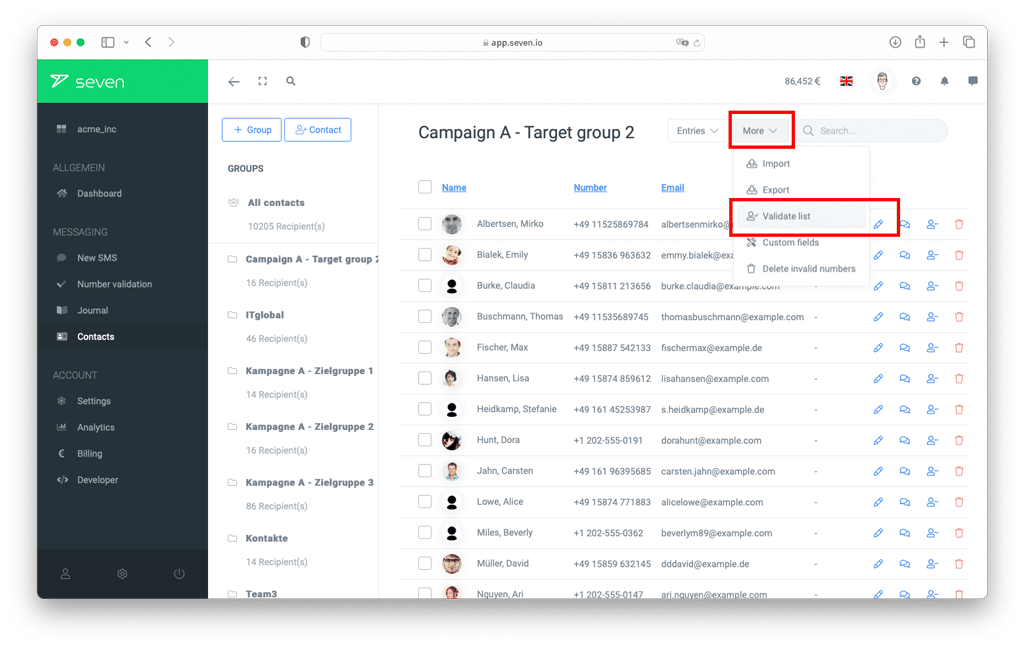How can HLR requests optimize SMS campaigns while saving businesses money? In the following post we explain to you what HLR means, how to use it as a feature and who benefits the most.
What is HLR?
The abbreviation stands for Home Location Register. What this means is the respective database of mobile network operators (MNOs), in which all mobile numbers belonging to the network are stored. Each MNO has its own register, so there is no central index. If a new number is assigned, it is also automatically registered in the corresponding HLR and displayed parallelly on a VLR (Visitor Location Register). This second register makes it possible to locate a mobilization within the network.
If the database of a MNO were to fail, no assignment of the numbers of participants would be possible. Connections could then no longer be made and the receiving device would be virtually put out of action. In 2009, such a disaster occurred at T-Mobile. Millions of mobile phone users were upset for three hours because they couldn’t make calls, surf the web, send SMS, or receive anything. That’s when you realize how essential mobile communication is for our generation. HLRs are an integral part of it.
